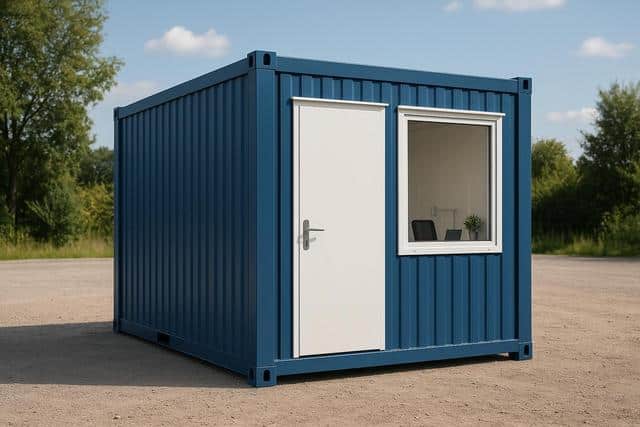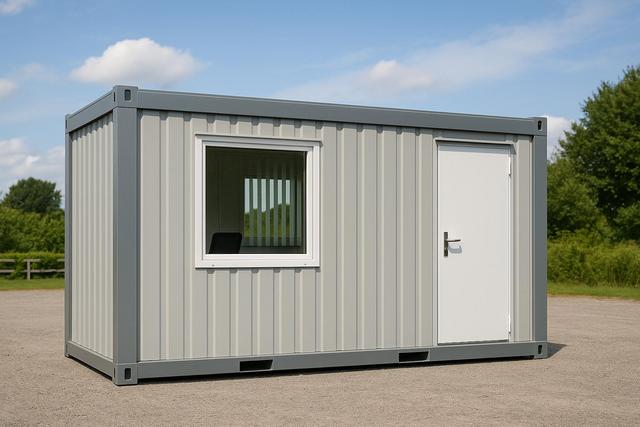
Recycling vs Upcycling: What’s Best for Sustainable Fashion?
When it comes to sustainable fashion, two strategies often come to the forefront: recycling and upcycling. Each plays a pivotal role in reducing waste and promoting eco-friendly practices, but how do they compare in terms of impact on sustainable fashion?
Understanding Recycling in Fashion
Recycling in fashion involves breaking down used garments into raw materials, which are then reprocessed to create new items. This process helps reduce the need for virgin materials and minimizes waste in landfills. According to the Environmental Protection Agency, textiles account for a significant portion of landfill waste, and recycling can substantially mitigate this issue.
Expert Insights
Textile expert Lucy Siegle emphasizes, “Recycling is crucial for a circular economy. It ensures that materials are continuously reintroduced into the supply chain, reducing the environmental footprint.”
The Art of Upcycling
Upcycling, on the other hand, transforms old or discarded items into products of higher value or quality. This creative approach not only extends the lifecycle of materials but also encourages innovation. The fashion brand Eileen Fisher, for instance, has successfully implemented upcycling by turning old garments into new collections, demonstrating the potential of this approach.
Personal Anecdotes
Consider the story of Mia, a fashion enthusiast who transformed her grandfather’s vintage shirts into stylish skirts. This project not only gave new life to old fabrics but also added sentimental value to her wardrobe.
Comparison: Recycling vs Upcycling
| Aspect | Recycling | Upcycling |
|---|---|---|
| Process | Breaking down to raw materials | Transforming into higher-value items |
| Environmental Impact | Reduces landfill waste | Extends product lifecycle |
| Creativity | Limited | High |
| Resource Use | Requires energy | Minimal energy use |
| Market Demand | Growing | Innovative niche |
| Cost | Potentially high | Variable |
| Scalability | High | Medium |
| Overall Impact | Significant | Transformative |
Actionable Tips for Embracing Sustainable Fashion
- Start by assessing your wardrobe and identifying items that can be recycled or upcycled.
- Support brands that prioritize sustainable practices.
- Learn DIY techniques to give your old clothes a second life.
Consider organizing a clothing swap with friends to refresh your wardrobe sustainably and creatively.
Frequently Asked Questions
What is the primary benefit of recycling in fashion?
Recycling reduces the need for new raw materials and minimizes textile waste in landfills.
How does upcycling differ from recycling?
Upcycling involves creatively transforming items into new products of higher value, while recycling breaks them down into raw materials.
Can both recycling and upcycling coexist in sustainable fashion?
Absolutely, both strategies complement each other and contribute to a more sustainable fashion industry.
While recycling and upcycling each have their unique benefits, combining both can lead to a more sustainable fashion future. By understanding and implementing these practices, we can all contribute to a healthier planet and a more innovative fashion industry.


